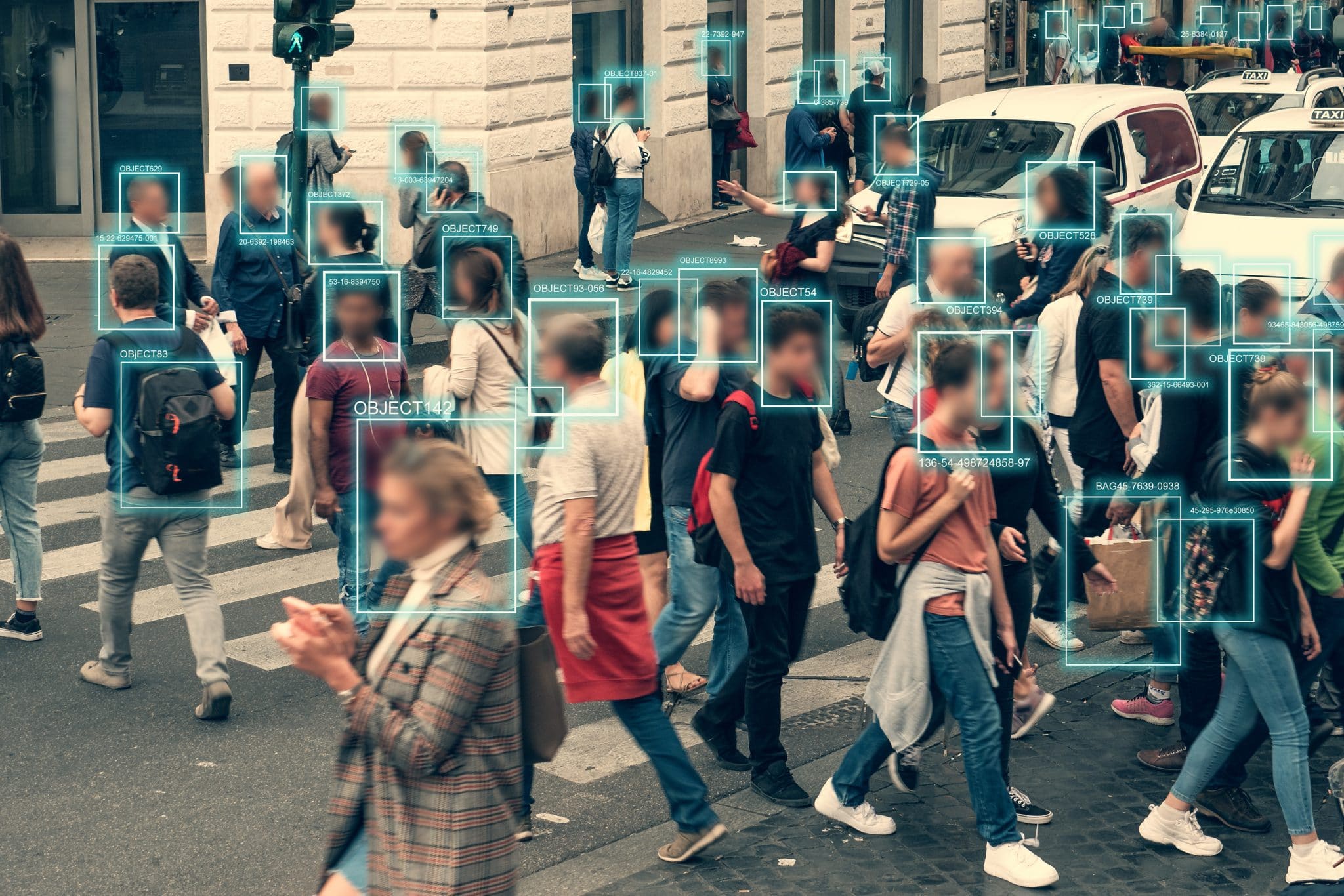Next week, the New Orleans City Council is slated to vote on a groundbreaking and highly controversial ordinance that would make New Orleans the first U.S. city to formally authorize the use of facial recognition technology for real‑time surveillance in policing.
If enacted, the new ordinance would empower either the New Orleans Police Department (NOPD) or a third-party operator to monitor public spaces live and dispatch automated alerts when an individual matches a watchlist.
The ordinance also bans the use of collected data for immigration enforcement and excludes its application against people seeking abortions or engaging in consensual adult sex, though critics say these are weak safeguards.
At the center of the debate is a privately built and maintained network has of over 200 high-definition cameras, some equipped with facial recognition, that have been installed across the French Quarter and beyond managed by the nonprofit Project NOLA.
Operated for approximately two years under the radar, these cameras continuously scanned passersby, compared faces against a maintained suspect database, and automatically sent alerts – including suspect names and locations – direct to officers’ phone apps bypassing court orders and traditional post‑incident protocols.
Project NOLA is a 501(c)(3) nonprofit organization based at the University of New Orleans (UNO). Since its creation in 2009 by criminologist Bryan Lagarde, the group has built and managed a citywide structure of high-definition crime cameras, including license plate readers and gunshot detectors that have been funded via charitable donations and grants, not taxpayer dollars. These devices are hosted on private property, such as homes, churches, and businesses.
The footage from these cameras is transmitted via the Internet to Project NOLA’s Real‑Time Crime Center on UNO’s campus where analysts can monitor live video and distribute alerts to law enforcement.
The system claims to have played a role in reducing violent crime, including helping NOPD bring the murder rate in 2018 to its lowest in 47 years, and aiding investigations into over 500 homicides and thousands of gun-related crimes. Video footage is stored briefly, typically up to 10 days or, for facial recognition, around 30 days, and is only provided to police for felony or missing‑person investigations.
Crucially, Project NOLA frames itself as a community-driven initiative committed to privacy and accountability, and says it does not sell or share data, cannot be directly controlled by law enforcement, and allows every participating host to disable the camera at will if public trust erodes.
Despite Project NOLA’s assertions of responsible use, its secret integration with NOPD raised alarms once it was reported. In May, The Washington Post revealed that for two years the police were receiving real-time facial recognition alerts, apparently in violation of the 2022 city council ordinance that allowed only post‑incident facial searches of still images conducted via the state fusion center and subject to City Council reporting.
A few months later, a more detailed ordinance emerged, authored by a police legal official, to reverse the prohibition on live surveillance. The proposed measure would explicitly permit facial recognition for locating wanted persons, missing individuals, or suspected perpetrators of violent crimes, formally adopting “facial surveillance” as a tool.
It would also require quarterly reporting to the city council and add requirements around software used and its accuracy, though critics argue these rules remain insufficient.
Supporters, including Councilmember Eugene Green and police Superintendent Anne Kirkpatrick, characterize the system as a critical “force‑multiplier” amid limited resources. They cited examples where Project NOLA helped locate two escapees from Orleans Justice Center in minutes and assisted in response to a terror attack on New Year’s Day in the French Quarter.
Green asserts these tools provide “safety and comfort to residents,” and Kirkpatrick, while suspending alerts pending review in April, said she supports a city-run system with strict limits and that she prefers that NOPD operate it directly.
However, civil liberties groups, immigrants’ rights advocates, and legal experts strongly oppose the proposal.
“If the ordinance is approved, Louisiana will become the first state in the nation with a citywide biometric surveillance network capable of tracking hundreds of thousands of residents in real time. That’s not a step we want to take,” wrote Edith Romero, an organizer with Eye on Surveillance and a volunteer with Union Migrante.
“Once invasive surveillance technology like that ends up in the hands of the government, there are no guardrails or oversight mechanisms powerful enough to protect our freedom and privacy from bad actors, corrupt politicians, hackers and anyone who doesn’t have our best interest at heart,” Romero said.
The American Civil Liberties Union of Louisiana warns that even with protections against immigration use, the city’s ordinance cannot withstand state mandates.
Louisiana’s Act 399, effective August 1, now makes it a crime for local officials to refuse cooperation with ICE, potentially compelling sharing of surveillance data despite local prohibitions.
Meanwhile, concerns over algorithmic bias and misidentifications persist, especially given documented disparities in facial recognition accuracy across race and gender. Critics argue that once the infrastructure is built, it becomes easier to expand surveillance, particularly targeting marginalized communities.
The Electronic Privacy Information Center described the policy shift as an alarming move toward mass biometric dragnet surveillance, echoing tactics typically seen in authoritarian regimes.
Legal advocates also highlight that without public‑records laws applying to Project NOLA, oversight remains limited, and transparency suffers. Critics urge that any system must include safeguards like audit logs, appeal processes, thresholds for match confidence, and restrictions on use in protests and sensitive venues.
Council members have delayed the vote multiple times this summer to accommodate public input and amendments. The ordinance’s fate will determine whether New Orleans becomes a pioneering city embracing live facial recognition surveillance or a cautionary tale in police powers expansion.
If passed, the system could shift from private nonprofit control to a government-run model, with cameras, software, and protocols remaining in use but under formal regulation.
Related Posts
Article Topics
biometric identification | biometrics | facial recognition | New Orleans | police | Project NOLA | video surveillance
Latest Biometrics News
Reality Defender has released its developer-focused SDK and API, and a post from CEO Ben Colman says the launch makes…
The Trump administration is escalating its campaign to make the United States the “crypto capital of the world,” placing digital…
What to do about Virtual Private Networks? The VPN question is on the minds of many organizations and legislators navigating…
Italian authorities have discovered that a malicious actor has obtained tens of thousands of high-resolution scans of passports, ID cards…

